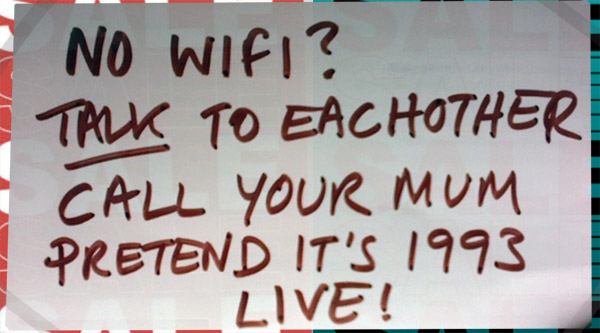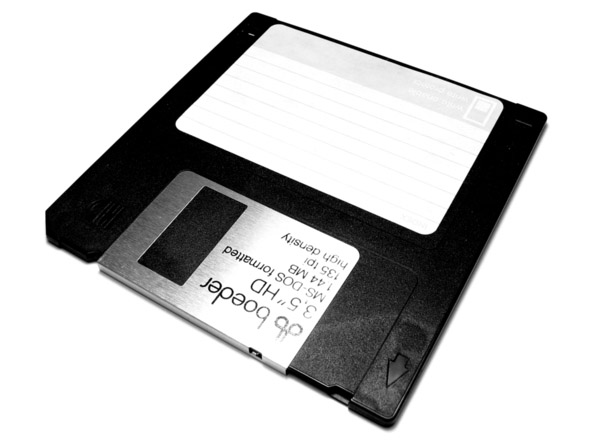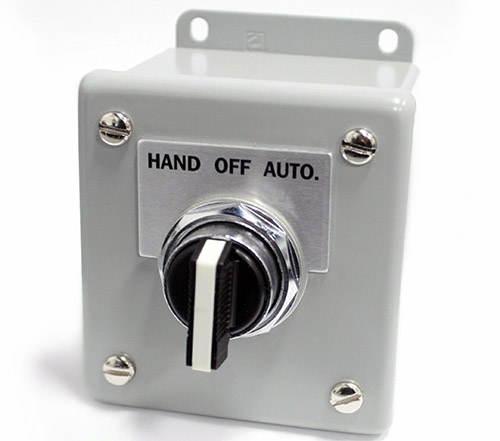
Simon Buddle explains that with a little critical thinking at the design stage, the impact of an Internet outage can be minimised when other platforms fail.
Much has been said about the 4th utility – indeed access to the Internet is pretty much taken for granted in most of the UK. Even for those difficult-to-reach locations, there is the option of the SpaceX Starlink satellite service which is slowly being rolled out across the UK. Speeds vary hugely from place to place, but most of us can get onto the Internet and use it without concern. Imagine trying to use a dial-up modem to connect! Ten minutes later, and your emails have downloaded. Wow – we’ve moved a long way since then.

As I sit here, without the Internet, the world suddenly feels a very different place. Apparently, my Internet service provider is ‘making improvements to the network’. For me, it has completely stopped the work I had planned for today. But much more than that, I feel ‘blind’. I cannot log in to any systems, and alerts that might come in can’t get through. I can’t get on with my schematic drawings because the package is in the cloud. So here I am, writing with a metaphorical electronic quill. I am back in the dark ages.

Yes, I know there are a lot of ways around it. Annoyingly, I’ve only just given up the second Internet line as it had barely been used for the past twelve months. Doh! There’s a 4G router sitting on the shelf, except 4G coverage here is poor to non-existent. So, for today, I’m back in the 1980’s. I might even save this document onto floppy disk.

Being prepared
As KNX installers, so much of what we do relies on the Internet, Wi-Fi or a wired data connection. And it is certainly worth a thought during the design phase to discuss and understand the impact that a data network or Internet outage might have on our customers’ homes. If people can’t surf the Internet for a few hours, it’s not so bad. BUT, if they can’t control their home, that’s a very different story.
Like most of us, I’m a geek who loves those new, shiny, faster, slicker, blue-LED-festooned gadgets. However, I am also a massive fan of the KNX bus. It plods along at 9600b/s doing its thing, and is never really troubled by the outside world. And herein lies the discussion. The KNX bus is pretty much indestructible, and it ought to always be the core of home systems in terms of communications.
A well-designed system should, for example, have the room temperature sensor and thermostat along with heating/cooling controls, actuators, pumps, valves or AC unit controller all on the same KNX bus cable segment. This will ensure that in the event of other communication problems, the climate control continues to work as normal.
Life-critical systems
Whilst most people are annoyed if the TV stops working for a couple of hours, it isn’t such a big deal. If, however, you’re heating stops working and it’s minus five outside, then I think it’s safe to say that that is a critical system. Likewise, if we have control of doors and windows, the ability to open or close them at all times is essential. So the design thinking should always provide for local control that doesn’t rely on multiple communication layers.
Backup controls
There are instances where it is impossible to provide control without going from KNX bus to IP and maybe then to Modbus or BACnet. In such instances, a backup controller is a good idea, perhaps down in the plant room or tucked away in a cupboard. For example, although we may be communicating with, say, an AC interface via the data network, it will undoubtedly also be connected to the AC bus cable. So if we lose the data network the client can still control the AC from its own control screen. Likewise, in larger systems, it may be prudent to install hand-off-auto controls in the plant room.

Conclusion
The KNX bus has been around for a long time now and it still remains one of the most stable communications platforms there is. It doesn’t suffer from Internet outages, Wi-Fi signal dropout, or interference. But for many of us, the touchscreens, phone apps and interconnects with control systems do rely on communications platforms that we have less control over. KNX provides the backbone for the home environment systems, and with a little critical thinking at the design stage, we can minimise the impact when other platforms fail. 95% of the time, the backup controls won’t be needed, but you’ll be glad you recommended them when they are.
Simon Buddle CEng MIET, is a consultant for Future Ready Homes, a specialist in BMS and ELV services system design.











